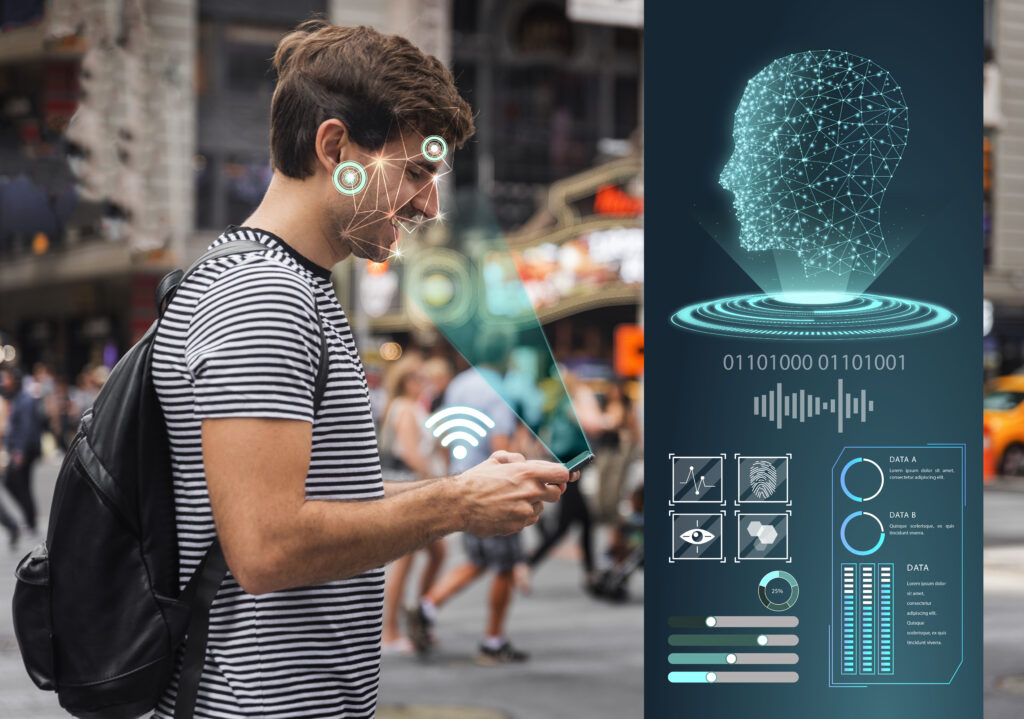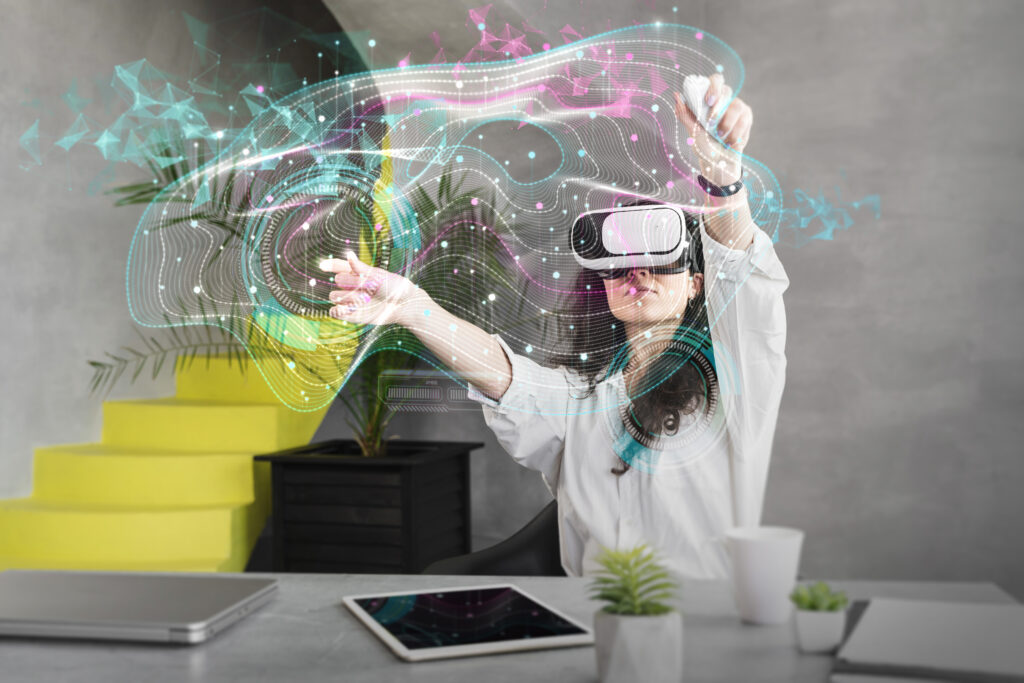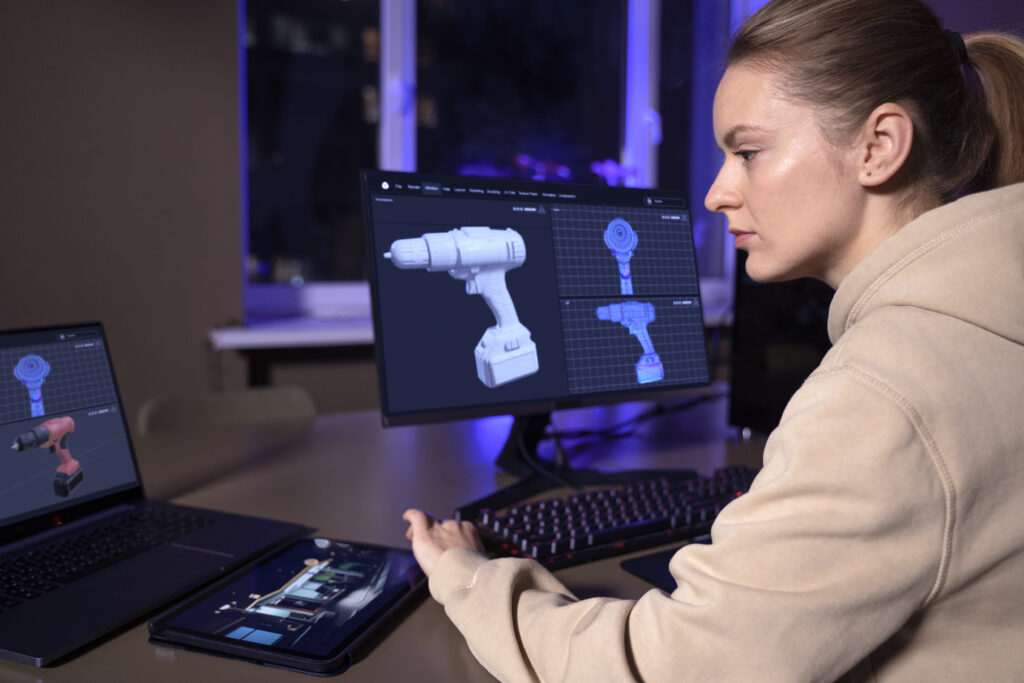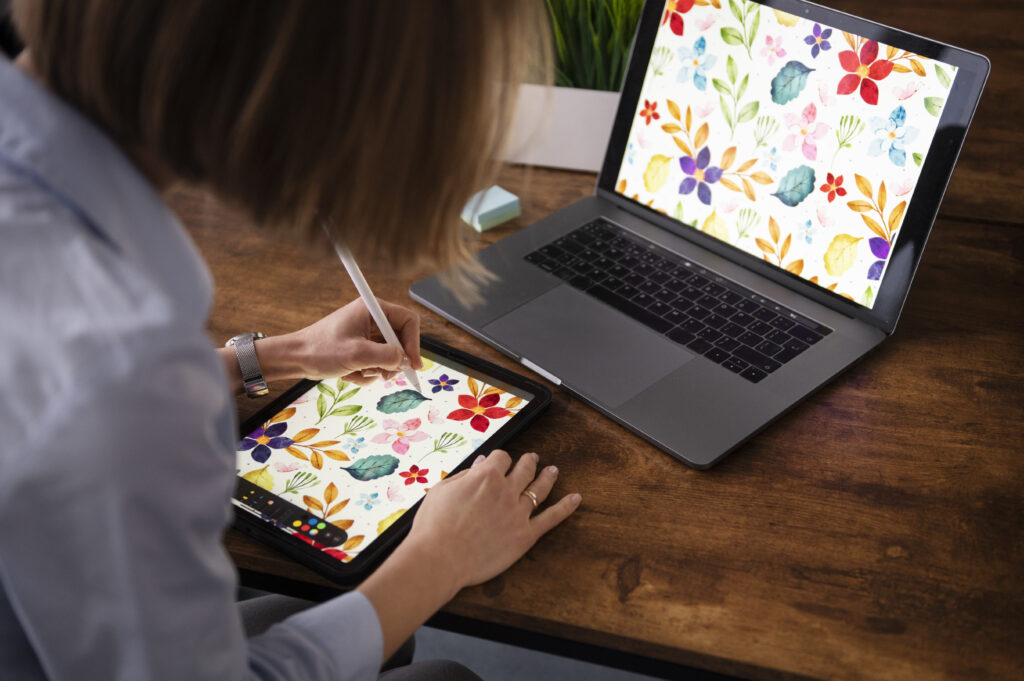Enhance Your Digital Art: 3 Smart AI Techniques
In the dynamic realm of digital artistry, the integration of artificial intelligence has ushered in an era of unprecedented creative collaboration between human ingenuity and machine learning. Style transfer, for example, has emerged as a transformative tool, allowing artists to imbue their work with the aesthetic nuances of historical art movements or individual masterpieces at the click of a mouse.
Similarly, the advent of AI-generated imagery offers a potent catalyst for visualizing complex concepts, enabling artists to bring the nascent sparks of their imagination to life with startling efficiency. Meanwhile, the automation of laborious tasks—once the tedious underpinning of digital creation—now frees artists from the shackles of the mundane, granting them the liberty to allocate their time and talents toward the more intricate facets of their projects.
As we examine these three clever techniques, one must ponder how the symbiosis of artists and algorithms is refining the tools of the trade and redefining the fabric of artistic expression.
Key Takeaways
- Generative algorithms enable the rapid generation of novel and intricate designs, allowing digital artists to explore uncharted artistic realms.
- Collaborative human-AI artistry empowers traditional artists with a digital brush that learns, adapts, and suggests, enhancing the interaction between artist and machine.
- Neural networks enhance the finer details of digital art creations, refining textures, amplifying patterns, and crystallizing objects within the digital canvas for a more realistic depiction.
- The innovative potential of AI in art goes beyond automating processes and generates unique artistic outcomes that resonate with the creative community and the broader public.
Leveraging Generative Algorithms

In digital artistry, generative algorithms have emerged as a transformative tool, enabling artists to rapidly generate novel and intricate designs that push the boundaries of traditional creativity. These sophisticated, productive AI systems utilize machine learning algorithms to synthesize visual content with minimal human intervention.
By harnessing the capabilities of AI tools and platforms, creators can input parameters or seed training datasets, which the algorithms then use to compose original pieces of generative art. The potential of generative algorithms extends beyond simple novelty; they serve as dynamic partners in the creative process.
Artists can interact with these algorithms and models, iteratively refining the AI’s outputs to align with their vision, thus generating novel aesthetics and thematic elements. This collaboration between human creativity and AI generates a synergy that can accelerate the conception and realization of digital artworks.
Moreover, generative AI can automate time-consuming aspects of the design process. From initial concept generation to the production of multiple variations, the AI model takes over tasks traditionally consuming hours of manual effort. This automation expedites the workflow and provides artists with many unexpected ideas and concepts to explore and refine further.
Collaborative Human-AI Artistry

How can the symbiotic relationship between artists and artificial intelligence redefine the essence of creativity in the digital age? Collaborative human-AI artistry is not just a novel experiment; it’s a frontier where artists and AI co-create, enabling artists to explore new creative territories. Integrating AI into the creative process empowers the traditional artist with a digital brush that learns, adapts, and suggests, thus augmenting their abilities and vision.
The table below highlights the distinct roles and outcomes when artists harness AI as a creative tool:
| Aspect | Human Artist | AI System |
|---|---|---|
| Vision | Provides creative direction | Generates output based on algorithms |
| Interaction | Iteratively refines AI’s creations | Offers variations, learns from feedback |
| Expression | Infuses emotion and concept | Processes vast datasets for unique output |
| Innovation | Explores uncharted artistic realms | Pushes boundaries of generative art |
| Final Artistry | Ensures unique artistic signature | Contributes novelty and complexity |
This integration of AI systems in artistic expression allows for a powerful synergy that expands creativity and pushes the boundaries of what is considered possible in art. By leveraging both strengths, collaborative human-AI artistry fosters an innovative ecosystem for unique artistic manifestations.
Enhancing Details With Neural Networks

Utilizing neural networks, digital artists can significantly enhance the finer details of their creations, ensuring each element contributes to a more polished and visually striking piece. This process leverages the power of artificial intelligence (AI) to refine textures, amplify patterns, and crystallize objects within the digital canvas.
By employing AI art tools embedded with advanced neural networks, artists can augment the sharpness and clarity of their images, revealing subtler aspects that may otherwise remain unnoticed. AI in art is about automating processes and harnessing technology to generate unique artistic outcomes.
Neural networks learn from vast datasets, enabling them to apply complex transformations that enhance details with precision and depth. This intricate work often leads to a more realistic depiction of the subject matter, offering viewers a more immersive and engaging visual experience.
Moreover, techniques like Google’s Deep Dream algorithm illustrate the innovative potential of using AI in art, where the interplay of neural networks manifests in surreal and visually stunning interpretations. By enhancing details with neural networks, digital artists push the boundaries of creativity, transforming their work into captivating masterpieces that resonate with the artistic community and the broader public.
FAQs
What is AI-generated art?
AI-generated art refers to artwork created with artificial intelligence technologies, such as machine learning algorithms and AI art generators.
How are artists using AI in the art world?
Artists are using AI to explore new forms and art styles, create art powered by AI algorithms, and utilize AI tools to expand the potential of digital art.
What are the potential benefits of using AI for digital artists?
Digital artists can use AI to generate art in various styles, leverage AI to create art with different color palettes and explore the potential of AI in creating digital paintings and traditional art forms.
Can AI assist artists in creating unique pieces of art?
Yes, AI can assist artists by providing new tools and techniques for generating art, helping them explore contemporary art styles and create unique art pieces in the digital medium.
What types of AI can be used by digital artists?
digital artists can use generative AI, AI art generators, and AI algorithms to create digital art forms, including digital paintings and AI-generated art.
How is AI changing the world of digital art?
AI is changing the world of digital art by offering new tools, techniques, and art styles, enabling artists to explore the potential of AI in creating visual art and traditional art forms.
What are some standard AI tools used by digital artists?
Digital artists use AI tools like AI art generators, AI image processing, and AI algorithms to create art, experiment with different art styles, and use AI to generate unique pieces of digital artwork.
How can digital artists use AI to create art in new ways?
Digital artists can use AI to create art in new ways by leveraging AI technologies to experiment with different art styles, explore AI-generated art, and use AI to enhance their creative process.
How is AI being used in the creation of digital art forms?
AI is being used to create digital art forms by enabling artists to use AI-powered digital tools, explore new art forms, and experiment with AI-generated art in the digital medium.
What role does machine learning play in AI art for digital artists?
Machine learning plays a significant role in AI art for digital artists by allowing them to use AI algorithms, generate art in diverse styles, and explore the potential of AI in the art world.
